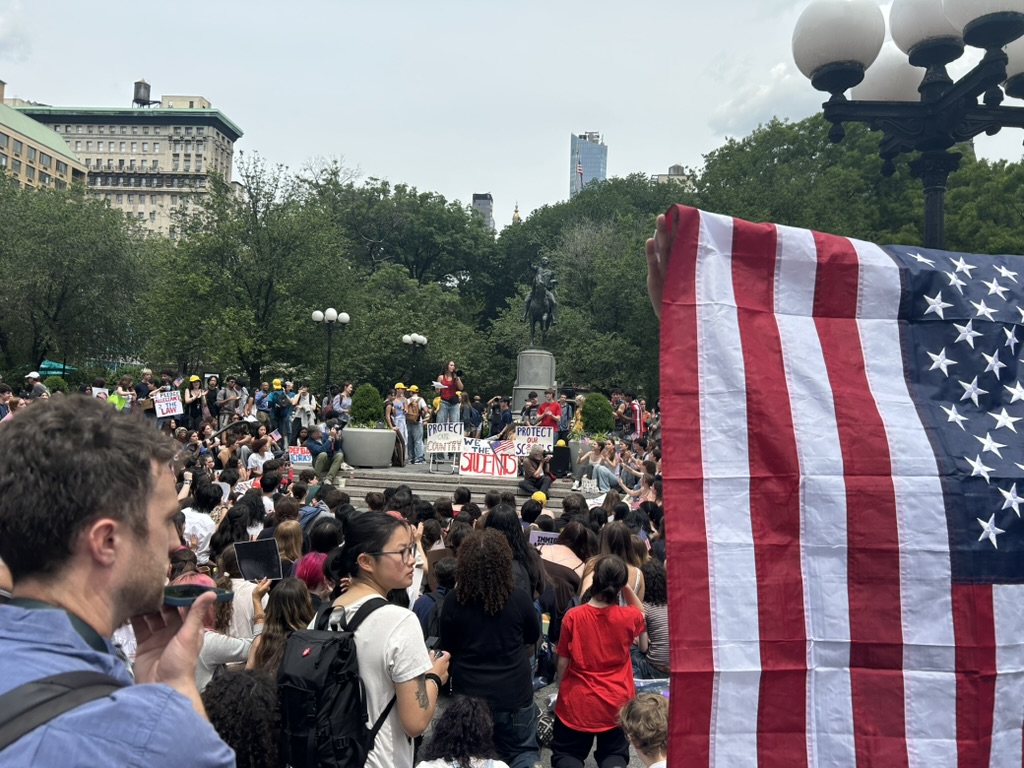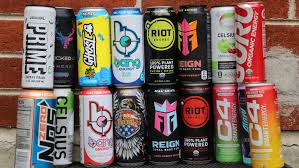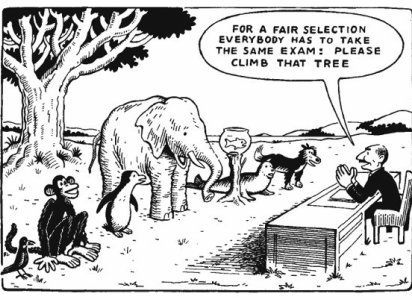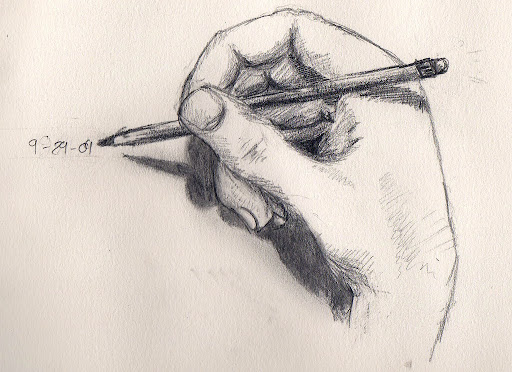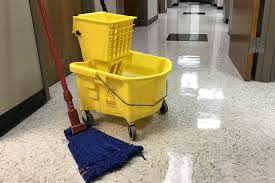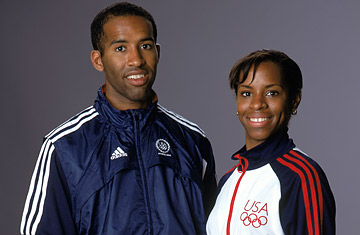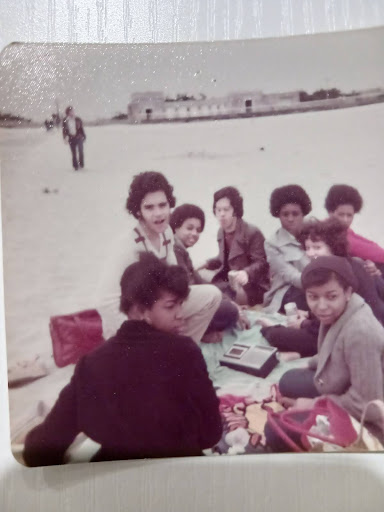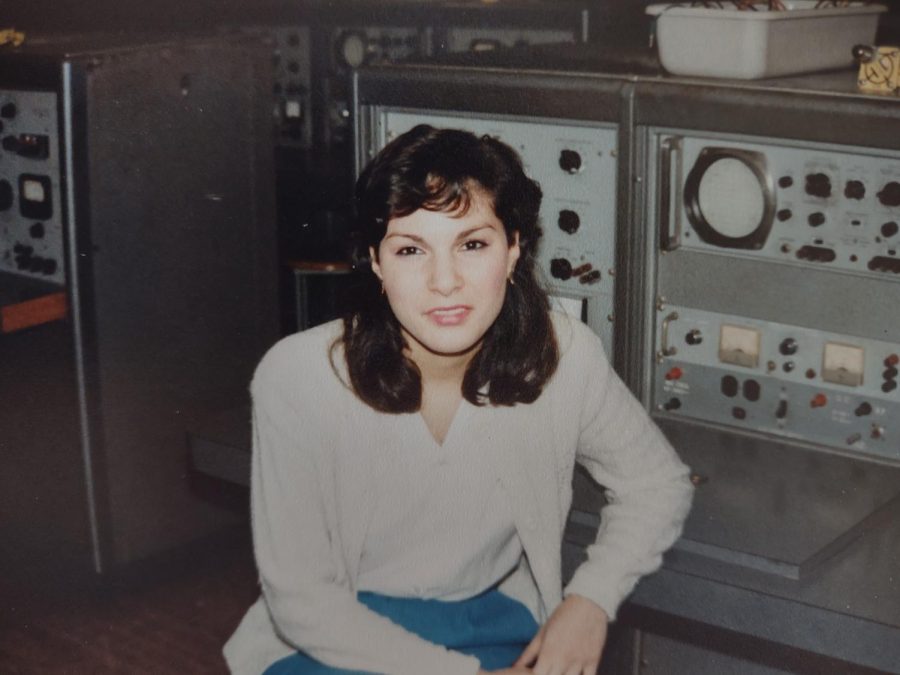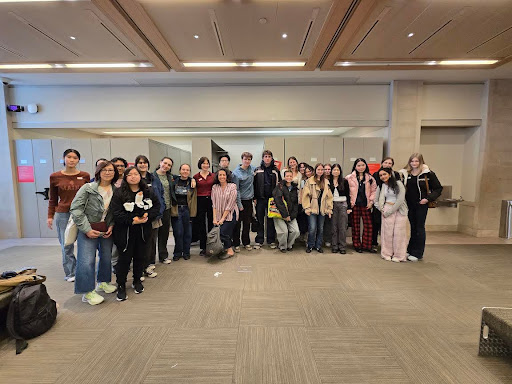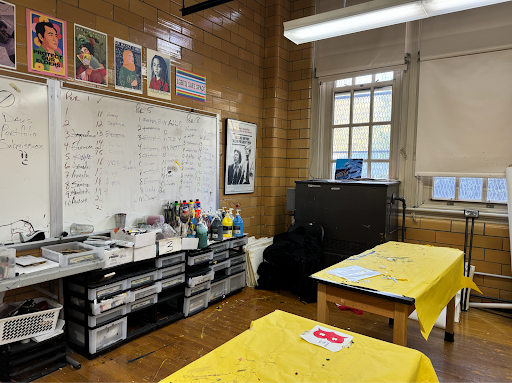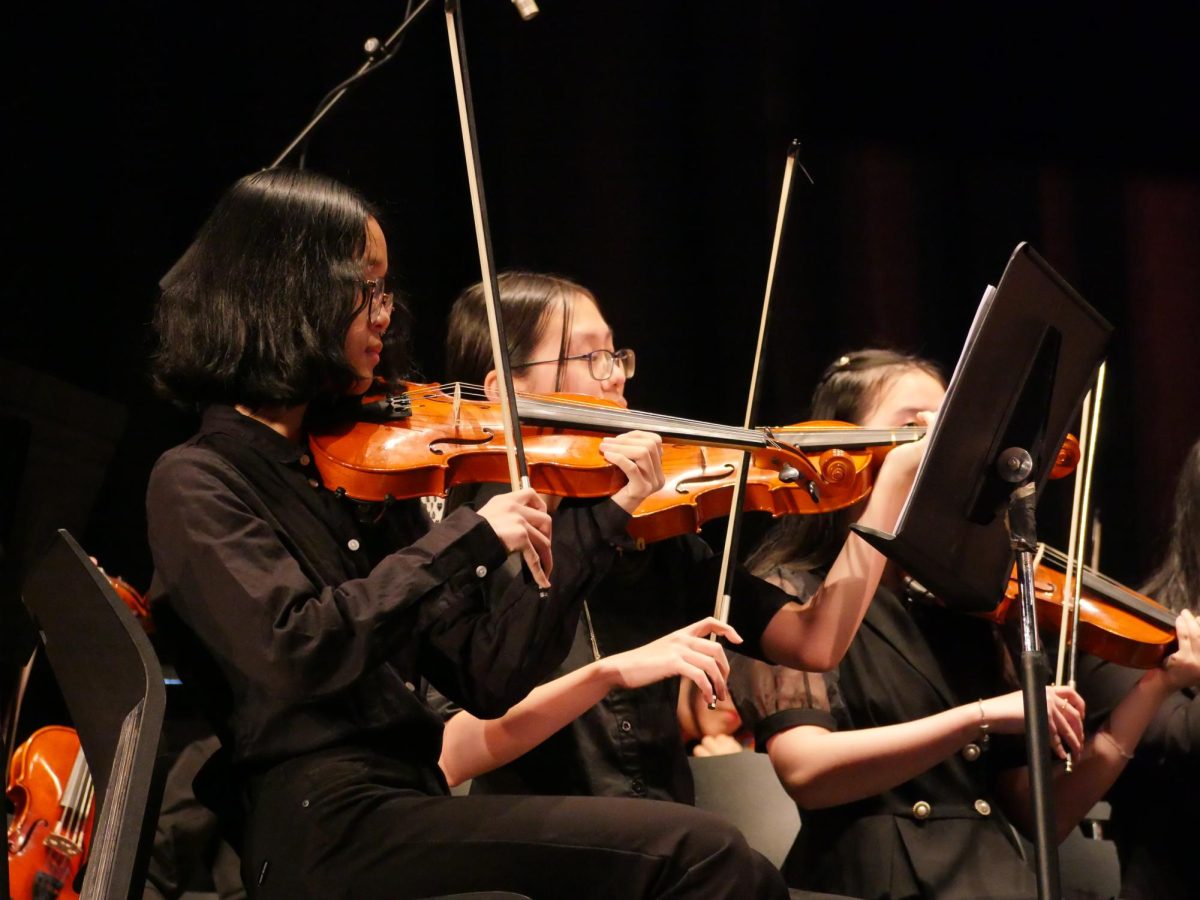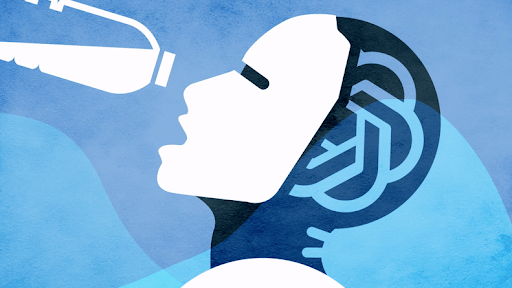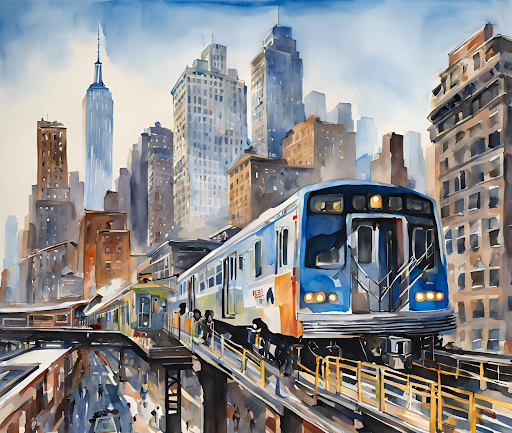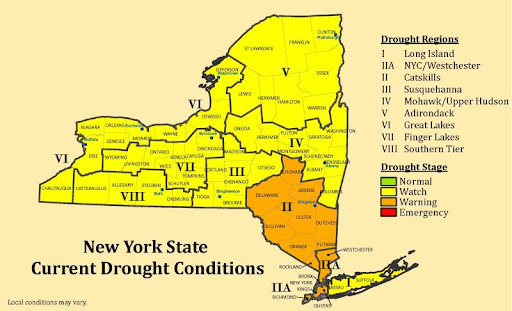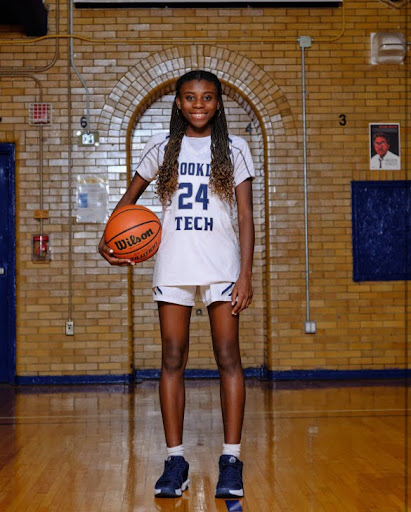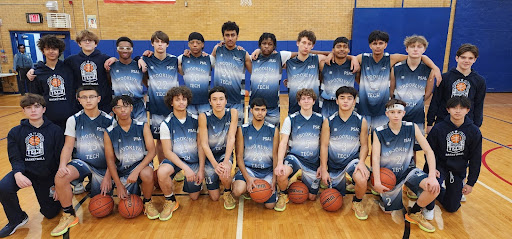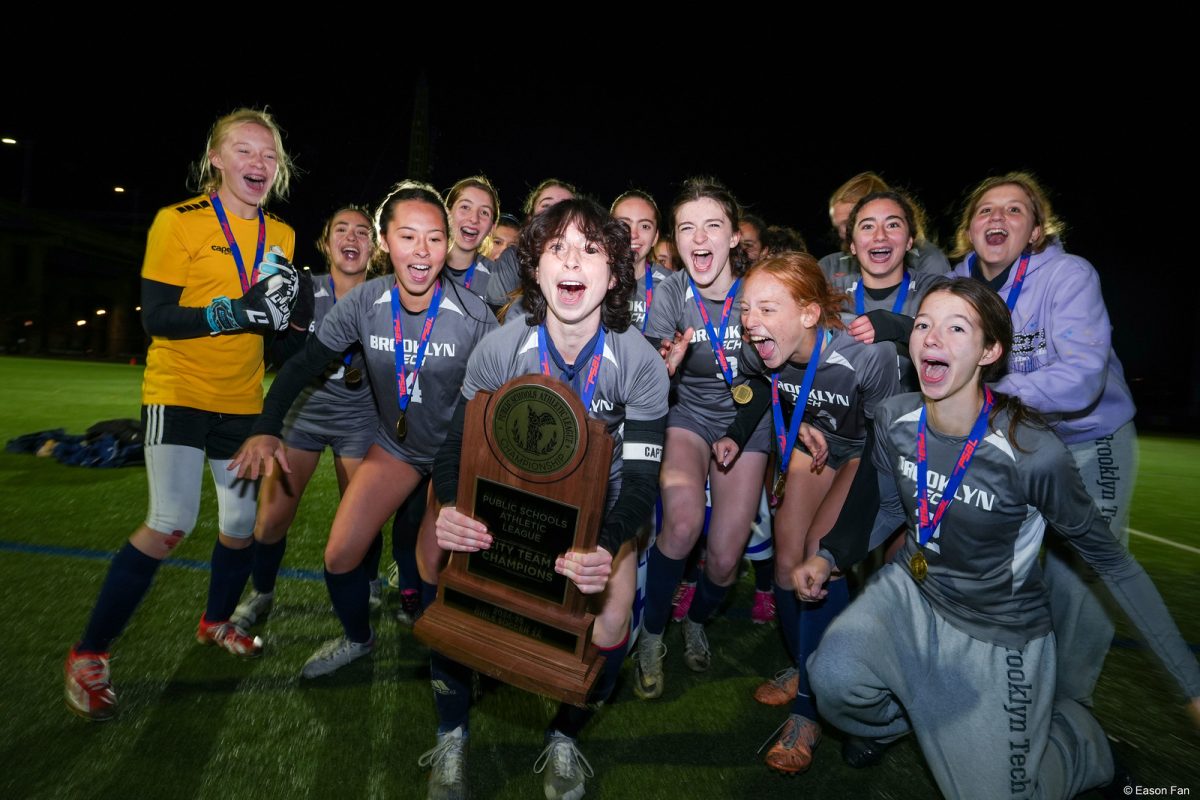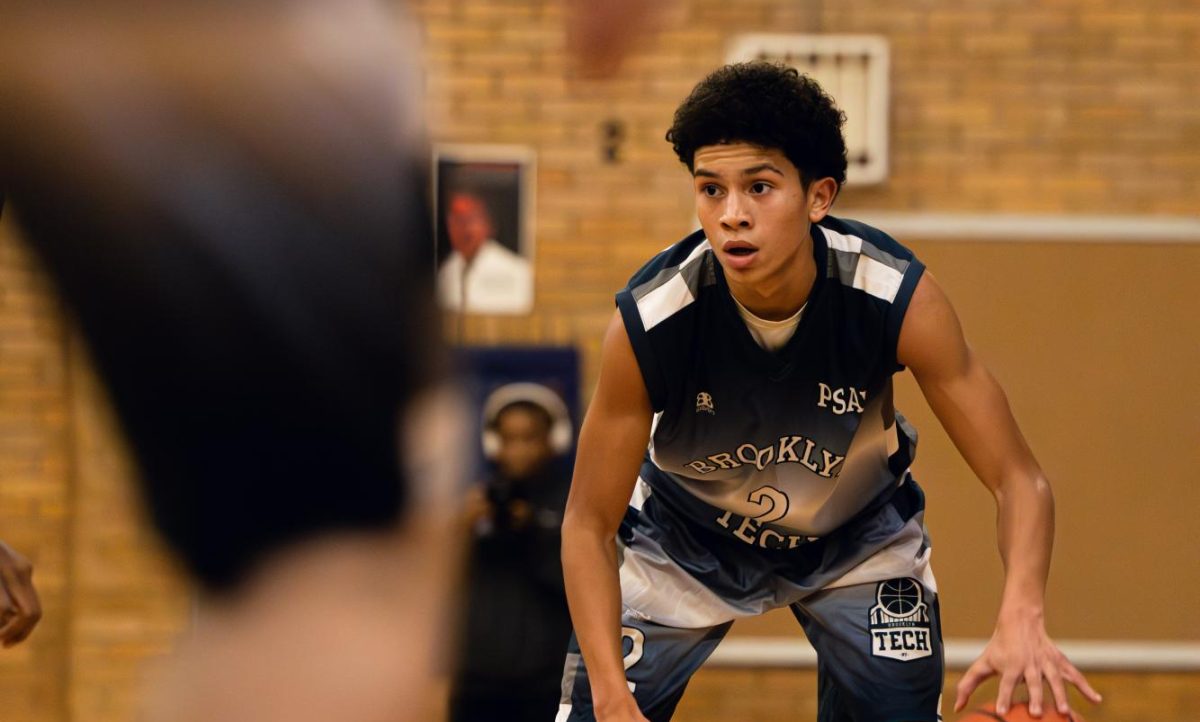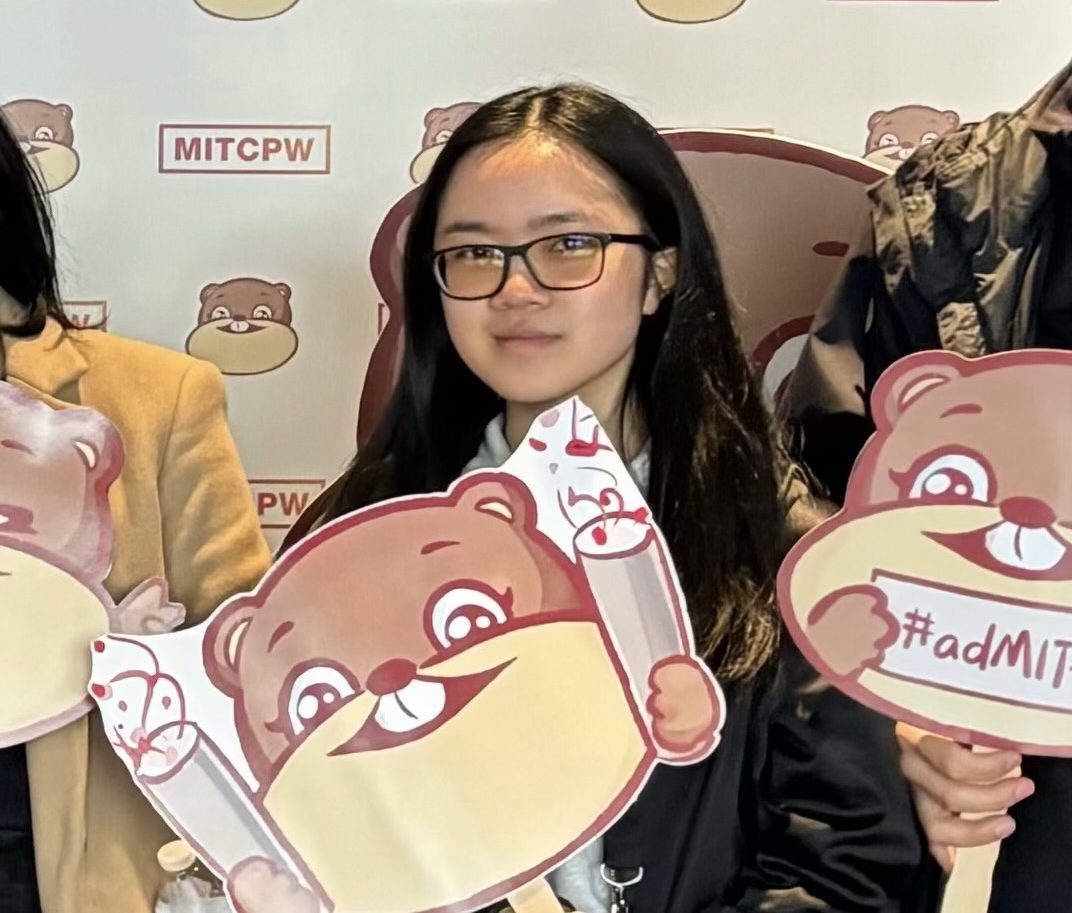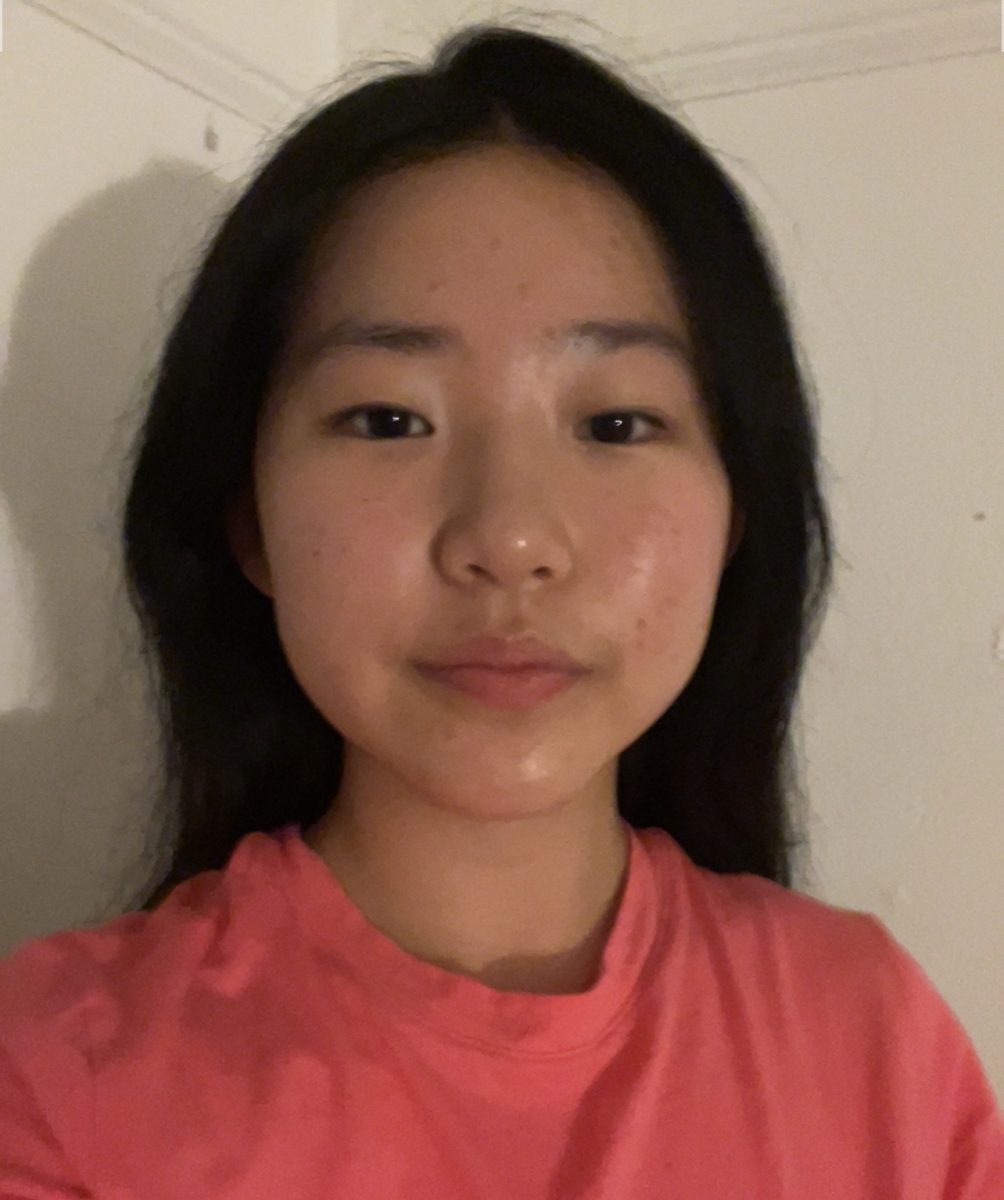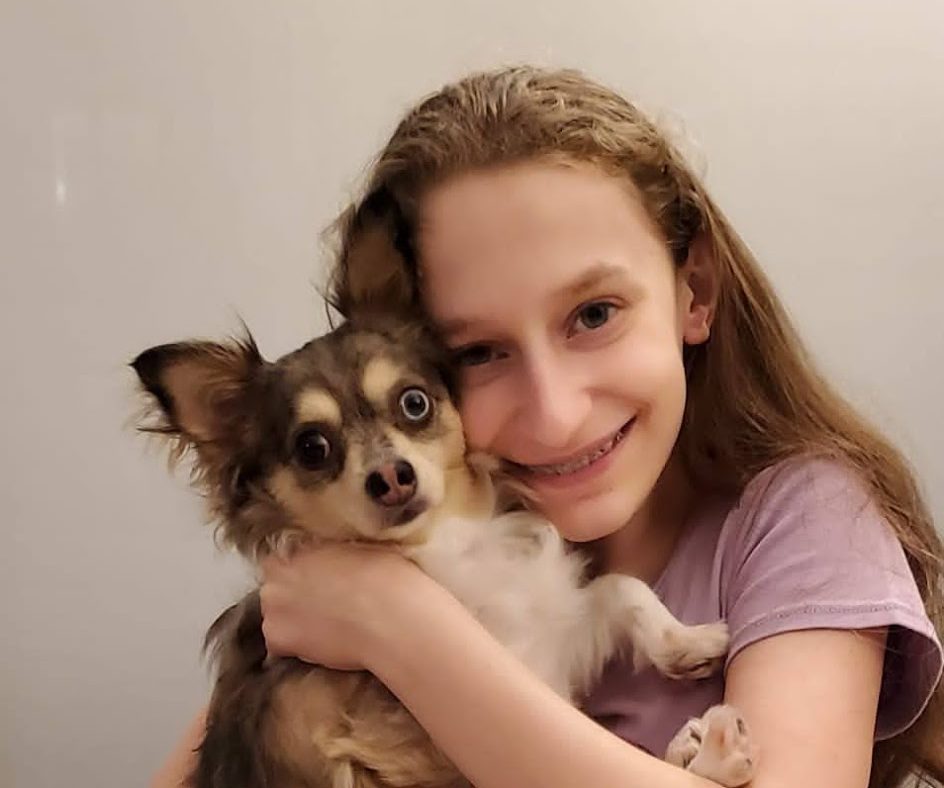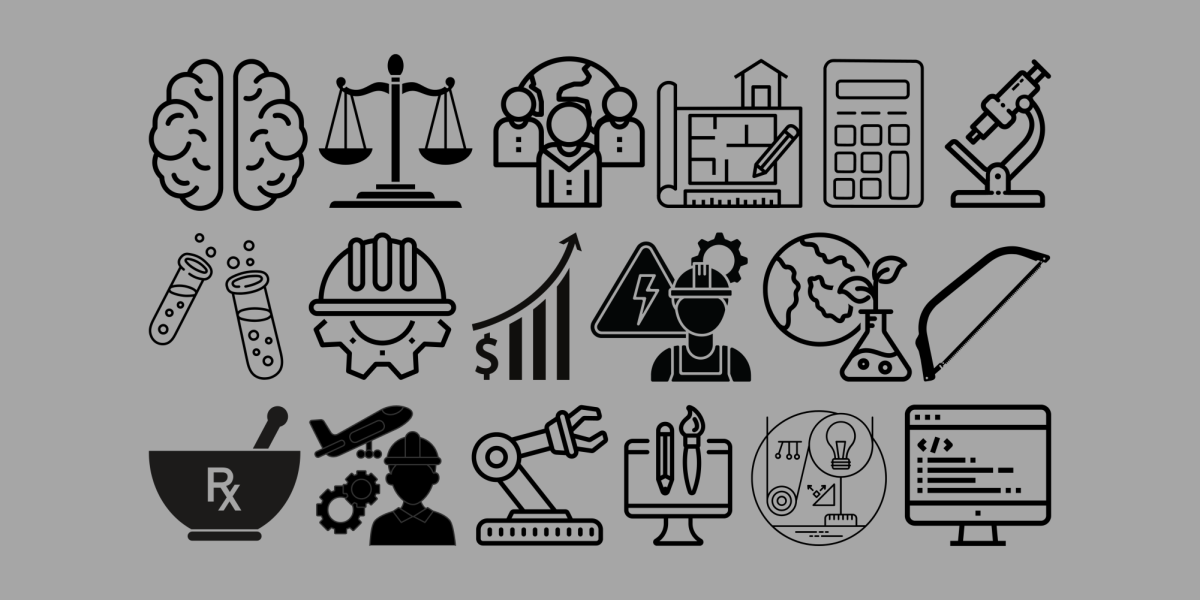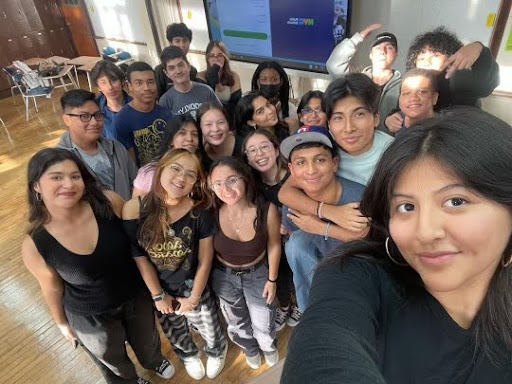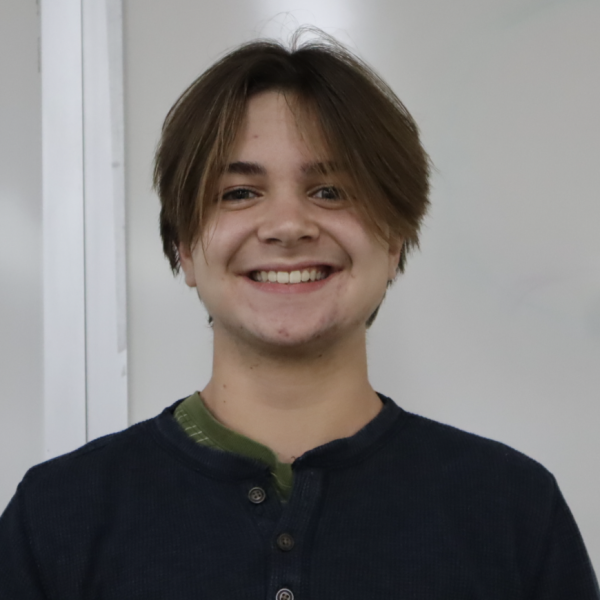In 1922, Brooklyn Tech was founded with the mission of funneling students into specific career paths through majors. The original six majors were Technical College Prep, Architecture and Building Construction, and Chemical, Electrical, Mechanical, and Structural Engineering. As Tech has grown as an educationally diverse institution, these have since expanded to include offerings in life science, computer science, and the humanities.
Now, Tech is one of the only high schools in America that offer majors to its students, especially with such variety.
Every year, in early March, sophomores must commit to a major for the second half of their high school careers. To help future sophomores make this momentous decision, The Survey spoke with seniors of all 18 majors during both the 2022-2023 and 2023-2024 school years for perspectives on each available path.
One unique feature of Tech’s major system is the specialization of eight majors in Career and Technical Education (CTE). Students in CTE majors can connect with unique internship opportunities, such as glassblowing, drone flying, and completing engineering projects with ConEdison, a majority of which are paid and provide valuable work experience.
The Con Edison/Brooklyn Technical High School Summer Internship Program was founded in 2000. This internship accepts around 15 summer interns, with priority seating given to Software Engineering, Applied Physics, Electrical Engineering, Mechatronics & Robotics, and Applied Mathematics majors. In addition, teachers of CTE majors are given a stipend by the Department of Education (DOE) to distribute among the students who register for internships. Upon graduation from a CTE major, students are also given a special seal on their diplomas.
Aerospace Engineering
Primarily hosted in the spacious, three-story Aerospace room on the north side of the building, the major focuses on engineering and physics and their application to the mechanisms of aerospace and aircraft. There is also a Flight School class complete with a flight simulator, although Paladin Lamison (‘23) said that it is not used in class every day. The required classes are AP Physics I, Flight School, Project Lead The Way (PLTW) Principles of Engineering, Aerospace Engineering, and Computer Integrated Manufacturing (CIM).
Each day, classes are split between lectures and projects, often with days of lectures explaining a topic before hands-on work is required. Lamison said that this strategy is common in Aerospace Engineering and Flight School. AP Physics I teaches the concepts in lecture format, while CIM is mainly focused on hands-on work with computer software. In terms of help with schoolwork, Lamison said, “You can definitely talk to the teachers in class, and they will definitely help you. A lot of my friends have been a good help because we’re all interested in this.” There is a level of community and help between peers in the classroom, although no tutoring is provided for the major-specific classes.
In this CTE major, internships are provided to students, although students must research themselves to find specific programs they are interested in. Examples of internships include a drone program at Vaughn College which is right near LaGuardia airport, and an internship with NASA. Students can expect a moderate amount of work and tests.
Lamison believes that this major provides students with an advantage if they were to enter the fields of piloting and engineering in college, saving time and granting a unique background.
Applied Mathematics
Applied Mathematics is one of the smallest majors in the school. As the name suggests, all of its classes involve mathematics, although Rommy Sasson (‘23) described the classes as focusing less on mathematical theory and more on the types of mathematics used in engineering and other scientific fields. “[The teachers] teach a lot of the content but don’t delve that much into the theory,” she said.
Applied Mathematics majors take Introduction to Math Research & Python Programming, Graph Theory, Number Theory, Linear Algebra, AP Statistics, and AP Calculus BC or Multivariable Calculus. Each class is generally lecture-based, with accompanying worksheets, and has the occasional group project.
One of the unique facets of the Applied Mathematics Major is the research paper students write on a mathematical topic they find interesting. “You choose your workload,” said Sasson. Students can choose to handle more advanced topics in their research if they would like but to lessen the work, they can pursue something simpler.
Unfortunately, Sasson said, “[Teachers] haven’t really been sharing opportunities.” Students are expected to research internships or mentors themselves.
Despite this difficulty finding internships through teachers in the major, Tech provides a fund for math majors, The Milo Kessler ‘21 Math Major Fellows Fund, in which a select number of Applied Mathematics majors are given money to pursue research projects and higher-level education in different fields. Last year, nine Applied Mathematics majors were chosen, and went on to complete internships, research projects, and college-level courses, often in association with New York City colleges.
Architectural Engineering
One of the more hands-on and articulate majors in Tech, Architectural Engineering courses are hosted in spacious rooms with drafting tables and woodworking equipment. Students take Architectural Drawing with Computer Aided Design (AutoCAD), PLTW Civil Engineering & Architecture, Digital Design, Building Materials & Fabrication, and Architectural Design & Modeling. The major demands much attention to detail, particularly in architectural drawings, and teamwork. Jasmine Nguyen (‘23), former major president, said, “We are very collaborative. A lot of our projects are group work.”
Although the major does not include any AP classes, the workload is still significant. Architectural drawing and modeling are very detailed and can be complicated, but Nguyen said that as long as you engage in class and communicate with your peers and teachers, the stress will lessen. This CTE major allows students to become Auto-CAD certified, putting them ahead of the curve for potential career opportunities or internships in the future.
Biological Science
The Biological Sciences major is one of the school’s largest majors. Students take AP Biology, Human Anatomy, AP Psychology, and Genetics. Jeremy Lopez (‘23) said, “Junior year was not stressful at all. Each of the classes had [its] ups and downs, but in total, it wasn’t terribly hard. [My senior year was] slightly more challenging, but I wouldn’t say that it is something that is constantly on my mind.”
Human Anatomy is more hands-on, with multiple dissections on animals such as minks, pig hearts, and eyes. The major’s students also go to Long Island University’s (LIU) Cadaver Human Anatomy Lab and observe real human dissections, so the major is certainly not for the squeamish. AP Biology, AP Psychology, and Genetics have traditional lecture-based classwork focused on scientific texts. The major is more focused on training scientists and biologists than healthcare professionals.
Chemistry
A small major with college-level chemistry classes, Chemistry consists of five difficult courses: AP Chemistry, Quantitative Analysis, Modern Instrumental Chemical Analysis, Organic Chemistry, and Biochemistry.
Avi Alaev (‘23) said, “Organic Chemistry was the most challenging class I have taken throughout my high school career, but the teacher delivered the concepts in a very efficient and clear way.” The classes are primarily lecture and test-based, with the occasional hands-on lab.
“We all know each other, and we all get well-acquainted with each other and work on projects together.” As is usually the case with small, challenging majors, a level of community is built over the year. Alaev recommends getting to know your classmates, self-studying for classes such as AP Chemistry and Organic Chemistry, and using online resources such as the YouTube channel “The Organic Chemistry Tutor.” Extensive chemistry tutoring is available if needed.
Civil Engineering
In the Civil Engineering major, students take a diverse array of courses: PLTW Civil Engineering & Architecture, Engineering Statics, AutoCAD Certification, American Concrete Institute Certification, and Surveying Certification. The major is generally quite small, with one or two sections, which creates a tight-knit community: “It’s better because you have more of a community than if your major had 200 people,” said Shawn Hayden (‘23). “You get to know everybody.”
Projects are engaging and collaborative, ranging from actively handling concrete and taking field trips to the park to practice surveying, or making to-scale computer models of a classroom. At the beginning of each class, there is typically a brief lesson followed by independent work time on an engineering problem or project.
The wide range of certifications acquired by students in the major sets them up for success in college or, if they choose, in the workforce directly after graduation.
Electrical Engineering
One of the smallest majors at Tech is Electrical Engineering. Students take a plethora of difficult courses such as PLTW Digital Electronics, AP Physics I, Digital Systems Design, PLTW Computer Integrated Manufacturing, and AP Physics II. It is a CTE-endorsed program and its courses are college-level, preparing students well for the field of electrical engineering. However, the courses are advanced and can be stressful. Joseph Manna (‘23) said, “Tests are really when it hits you—when the stress really gets to you.” He explained that asking teachers for help is a good strategy for clarifying content.
Although the major is small, the size creates a community. “I was a bit appalled by it, but it creates a much more personal relationship with your classmates because you’re seeing them so often,” Manna said.
Manna said that “the majority of the class” participates in out-of-school internships with companies such as ConEdison. Electrical Engineering is a pre-professional major, setting students up for success in electrical engineering careers by connecting them to internships and teaching them advanced engineering, physics, and math.
Environmental Science
Environmental Science is a small major, typically with two sections, and students take classes almost entirely in the Environmental Science Lab. The lab is equipped with terrariums, fish tanks, engineering equipment, various species of plants, and even a live snake. Mimi Jubaed (‘23) said, “The major being small, especially for environmental science, benefits your academic experience because it’s more one-on-one. You have more open communication with your teachers. It allows for there to be less stress.” Juniors take a double period of AP Environmental Science, an experiential course that involves group work and learning about the dynamics of various ecosystems.
In senior year, students take Environmental Engineering, also in the Environmental Science Lab, where the knowledge gained in the freshman class Design, Drafting, and Production (DDP) and Environmental Science are combined. AP Human Geography is also required, a less hands-on course that is more humanities-based than scientific, with a curriculum based on culture and human interaction with the environment. The workload for this course is heavier than other major courses, according to Jubaed, but the other classes have less take-home work.
Finance
Another popular major, the course catalog includes Principles of Accounting, AP Macro or Microeconomics, Finance & Investments, Introduction to Business Law, and Virtual Enterprise. Although the classes can be daunting, Sandy Chen (‘23) said, “Junior year is more lenient because the teachers don’t really assign any homework and the work does come a little more easily.” As for senior year, Chen described it as being more difficult as classes such as AP Macro and Microeconomics can be heavy on complicated mathematical concepts, while the class of Business Law is less math-focused.
Chen said, “I would say that the teachers are very knowledgeable. Our Business Law teacher is a former attorney, our Corporate Finance teacher is a former corporate lawyer, and our accounting teacher is a Certified Public Accountant.” The teachers do not give out excessive tests, and the class of business law consists of solely project-based coursework such as “deliverables,” or studying business cases.
Chen said, “In a more broad sense, the economics and law classes make you an informed citizen. For me, I think if I read any news I’ll be able to critically reflect on the information. I think that they’re classes that everyone should take.” The Finance major is not entirely based on mathematics, more broadly studying how the economy works and aspects of corporate finance and law. There are regular tests and homework assignments, unlike other majors where most coursework is completed in class.
Industrial Design
Students of the Industrial Design major take classes in both computer-based and physical modeling, completing hands-on projects such as woodworking and mastering software applications like Inventor. With classes such as Fundamentals of Product Design, Methods of Fabrication, Adobe Visual Design & Print Production, Advanced Modeling, and Inventor Certification, the workload is balanced between a technical and artistic focus.
“It’s really technical compared to media and other fine arts stuff, but I think it’s still pretty creative,” said Sidney Li (‘23). “You have a lot of liberty about what you can make and what you can draw.”
Design and Drafting for Production (DDP), the base-level engineering and design course required in freshman year, sets students up nicely for the work expected of them in Industrial Design. However, the major still requires classes on the basics of design, such as how to draw and use woodworking and 3D printing equipment. There are a variety of internships available, including one in glassblowing and neon light-making.
Law And Society (LAS)
Law and Society (LAS) is consistently one of the largest majors, with five sections in 2023’s graduating class. The course offerings include Criminal Law, Constitutional Law, AP United States Government, Civil Law/Criminal Procedure, and Forensic Criminology. Many of the Law and Society classes take place in the mock courtroom in the basement. In terms of the workload, senior Alvis Lee (‘24) said, “For the most part, it’s manageable, but especially in senior year, you get more work.” Lee noted that the work was primarily reading and essay writing, with a lot of collaboration.
Regarding social connections, Lee said, “For junior year, I would say that it is hard [to make friends], but most people make friends within their major and their section.” All teachers in the major have experience in the field, and Lee expressed that most were easy to talk to and receptive to feedback. Participation and critical thinking are major components of this class, as lively class discussions take place most days.
LIU PharmD
Students of the PharmD major take a wide array of medical and scientific courses, including AP English Language & Composition, AP Chemistry, Algebra 2/Pre-Calculus or a higher level mathematics class as a substitute during junior year, Pre-Calculus/AP Calculus AB or a higher level mathematics class, AP Macroeconomics, Organic Chemistry Pharmacy Seminar, and AP Biology during senior year. Although the major is primarily focused on the pharmaceutical field, students in this major are not restricted solely to this field.
“You don’t get just one aspect of science. I got to experience both chemistry and biology,” said Akriti Khanal (‘24). Out of the seven required classes, only Organic Chemistry Pharmacy Seminar is a pharmaceuticals-orientated class. The rest of the courses allow students to explore the different types of sciences and mathematics, giving them the opportunity to apply their knowledge to a variety of STEM careers.
In terms of what each class looks like, Khanal said that classes are mainly lecture and test-based, with engaging, firsthand activities in chemistry and pharmacy labs. There are a lot of daunting topics in these classes, but Khanal said that although it is difficult, she puts effort into managing her work. “I really took my time. Every single day, I took my time and went over everything. I went to tutoring until five or six o’clock.”
The homework load, aside from self-studying, is light, according to Khanal. Students can manage their work and extracurricular activities because “the teachers realize that it’s difficult, so they don’t put pressure on the student.” To do well in the PharmD major, students should reach out for help and self-study.
Neuroscience
The Neuroscience major will welcome its inaugural class in the 2024-2025 school year, replacing the Advanced Health Professions major. Students will take AP Biology, AP Psychology, Introduction to Neuroscience, and Bioorganic Chemistry.
The two new course additions of Neuroscience and Bioorganic Chemistry will prepare students for the specific field of Neuroscience, while AP Biology and AP Psychology are based in the field of healthcare more broadly. The major, although new, is similar to the Advanced Health Professions major in its broad focus on biology and chemistry.
Mechatronics & Robotics
With the program’s main focus being on mechanical engineering, Mechatronics majors take on the courses of AP Physics, Digital Electronics, Robotics Engineering, Computer Integrated Manufacturing, and of course, Mechatronics. The bulk of the classes take place in the impressive robotics lab on the south side of the building. Multi-million dollar equipment has been donated to the lab by alumni, giving students access to resources and skill sets they would otherwise be unable to familiarize themselves with.
The work tends to be hands-on and project-based. Despite the very technical classes, Victor Kotchev (‘23) said, “As long as you are present in class and paying attention, it will be manageable.”
The major utilizes both computer programs and physical materials. Although there is hardly any homework, there is a decent amount of testing. Kotchev said, “There is studying and there are tests. You have to know your stuff.” The classes prepare you for the fields of mechanical engineering, robotics, and coding. Kotchev advises students in the major to “use the people in your class for help and get close with them.”
Media
Located primarily on the first floor, Media major classes are held in large classrooms equipped with computers and spacious drawing tables. Students study various artistic mediums, including traditional paints and pencils, as well as digital forms such as Adobe Photoshop and 3D Computer Modeling. Students take Studio Art, Adobe Visual Design & Print Production, Adobe Visual Design & Film Production, Digital Animation, and Digital Photography. It is Brooklyn Tech’s only visual arts major, and is relatively small, typically with only a couple of sections.
The structure of classes in the major tends to vary. Safa Tahir (‘23) said, “It depends on the class. For juniors, there’s a lot more lecturing, because in the two classes, you’re still learning the software or learning the materials. Senior year there is barely any lecturing.” The workload is primarily projects, and Tahir said “It’s hard, but you can do it. You don’t have to have certain skills to be in the Media major, you just have to manage your time well.”
The major hones in on skills that extend beyond the fine arts and into digital mediums. Students get Adobe-certified and learn 3D modeling, Photoshop, and video editing, skills that could be applied to professions beyond the fine arts. Overall, Tahir recommends being engaged and appropriately managing time to avoid unnecessary stress.
Physics
The Physics major has an intensive course load consisting of Astronomy & Astrophysics, AP Physics I, Modern Physics, AP Physics II, and optionally, AP Physics C. Almost all of the classes are college-level and challenging. Sasha Deshpande (‘23), said that although courses are challenging, the small size of the major creates a helpful sense of community. They said, “I know everyone in my major and it’s great for us because we can help each other out.”
The classes are primarily lecture-based, although there are optional labs for each of them that incorporate more hands-on activities. In Astronomy, Deshpande said there are a lot of projects and notes, while in other classes, it is mainly lecture and test-focused. Modern Physics is more abstract, as it focuses on theoretical physics, while AP Physics I and II are more math and calculation-based.
The content in each Physics major class can be applied to a variety of STEM fields and will help prepare students for college-level physics courses. Students can expect advanced topics, but by limiting procrastination and working with their peers, the major becomes much less challenging.
Social Science Research (SSR)
One of two humanities majors at Tech, Social Science Research (SSR) focuses on human behavior, human-to-human interaction, and human-to-environment interaction. The major only has two Advanced Placement classes: AP Psychology and AP Human Geography. Students also take Sociology, Social Science Research, and Cultural and Physical Anthropology.
In SSR, the workload depends on the class, as students are challenged by AP classes while also participating in unique non-AP classes that require testing and research papers.
Similar to the Applied Mathematics major, SSR majors write a research paper in their senior year about a social topic of their choice, which is published in the Brooklyn Tech humanities and social sciences research journal, Inquiry.
Jedediah Sahl (’23), a senior in the SSR major, said, “The stress level is pretty low.” The workload consists primarily of the occasional research paper in the non-AP classes, with a slightly more frequent homework load in the AP classes. There are tests, although Sahl said they were “Not that bad.”
Software Engineering
Software Engineering is typically the largest major at Tech, with seven sections in the 2023 graduating class. Students are required to take AP Computer Science A, Fundamentals of IT Infrastructure, Web Development, Cyber Security, PLTW Digital Electronics, and Big Data: Warehousing & Analytics.
Moiz Steenhuis (‘24), a Software Engineering major, expressed, “It’s a tough major, but if you like coding and IT, it’s a great major.” He described the courses as largely independent, although there are many group and partner-based projects. There are frequent major assessments in some classes and, on average, two hours of major-related homework per night.
“A lot of classes require your exploration,” said Steenhuis. Although it can be daunting, he explained that there are a decent amount of students experienced in coding who are willing to help if you do not understand a concept.

